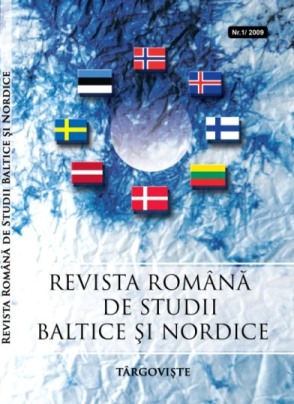The Concept of Tributalism: A Comparative Analysis of S. Amin, J. Haldon and H. H. Stahl‘s Approaches
The Concept of Tributalism: A Comparative Analysis of S. Amin, J. Haldon and H. H. Stahl‘s Approaches
Author(s): Nerijus BabinskasSubject(s): Social Sciences
Published by: Asociatia Romana pentru Studii Baltice si Nordice
Keywords: Marxism; tributalism; mode of production; obligatory unit; exploitative subject
Summary/Abstract: By this article the author wants to revive the discussion about Marxist schemas of social development and their applicability for constructing models of universal history. The viewpoints of three scholars are presented in the current text: Samir Amin‘s who is known in the Western historiographical tradition as the main creator and promoter of the concept of tributary mode of production, John Haldon‘s who has paid much attention to the above-mentioned concept and has dedicated an entire book to this issue, Henri H. Stahl‘s who created an original alternative approach to the issue of tributalism. The author rejects J. Haldon‘s concept of „mode of production“ as being too narrow. In fact J. Haldon identifies the mode of production with the mode of exploitation. The author proposes a wider definition of the mode of production which is based on the analysis of Karl Marx‘s texts. According to the author, the most important elements of mode of production are exploitative subject (it is defined by property of conditions of production, which realises as the social power) and productive/obligatory unit which can be manifested as a household of an individual direct producer or as a community. The author proposes the following classification based on his conception of a mode of production: 1. A proprietor of land is a monarch/state and the productive/obligatory unit is the community (of Asiatic/Slavonic type); 2. A proprietor of land is a monarch/state and the productive/obligatory unit is the household of an individual direct producer; 3. Proprietors of land are private landowners and the productive/obligatory unit is the community (of Asiatic/Slavonic type); 4. Proprietors of land are private landowners and the productive/obligatory unit is the household of an individual direct producer. The most important conclusions of the author‘s are as follows: 1. H. H. Stahl‘s statement that there were alternatives in the social development of precapitalist societies are definitely reasonable. 2. Keeping in his mind the controversies between the conceptions of tributalism the author emphasizes that for the moment the question of the typology of antagonistic precapitalist societies remains open; so further researches and discussions are necessary. 3. As a point of departure for further researches and discussions the author proposes his classification of antagonistic precapitalist societies based on the criteria of an exploitative subject and a productive/obligatory unit.
Journal: Revista Română de Studii Baltice şi Nordice
- Issue Year: 1/2009
- Issue No: 1
- Page Range: 63-83
- Page Count: 21
- Language: English

